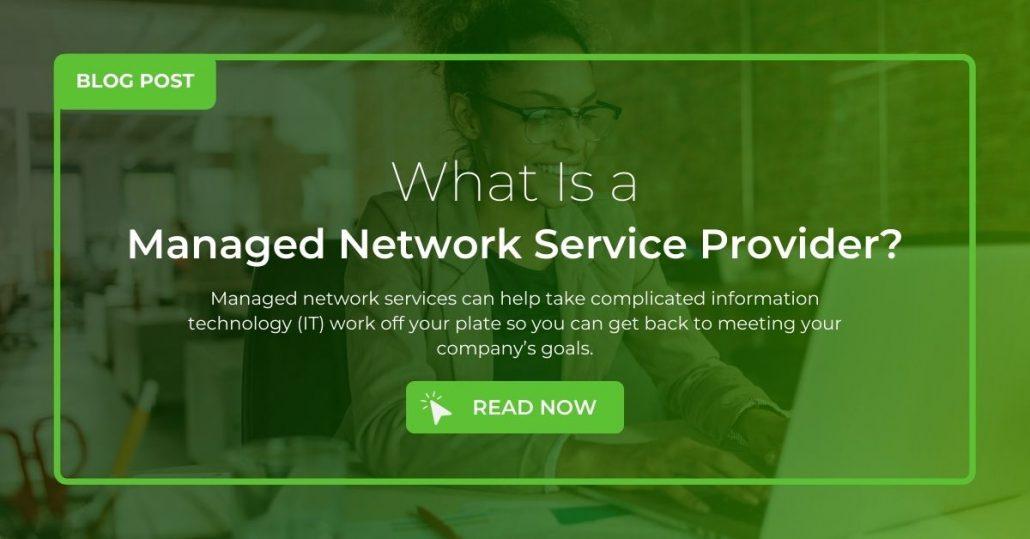Voices of the NOC: Wisdom from Retired Network Engineers

The blinking lights and humming servers of modern managed network services providers in New Jersey stand on the shoulders of pioneers whose stories are fading into obscurity. We've captured these vanishing voices through exclusive interviews with retired NOC engineers who shaped Network Operations Center history—from the ARPANET era to the dot-com boom. Their firsthand accounts reveal forgotten lessons that remain shockingly relevant for today's cloud-native networks.
Chapter 1: The Early Days - When NOCs Were War Rooms
Military Roots (1960s-1970s)
Retired Colonel James Whitaker, 82, recalls monitoring NORAD's early warning systems:
"We had wall-sized analog displays tracking Soviet bombers. The concept of 'network operations' meant something very different when a glitch could start World War III. Our redundancy protocols were designed to survive nuclear strikes—that's how seriously we took uptime."
These military NOCs established:
✔ The first 24/7 shift rotations
✔ Manual failover procedures
✔ Incident classification systems
NASA's Mission Control Legacy
Former Apollo flight controller Dr. Ellen Parkhurst, 79, explains:
"Every alarm in Mission Control had a specific console operator. When the Apollo 13 explosion happened, we didn't have AI—just trained humans recognizing patterns. Today's managed network services providers in NJ use the same escalation hierarchy we invented."
Chapter 2: The Telecom Revolution (1980s-1990s)
AT&T's Global NOC Growing Pains
Retired AT&T NOC manager Robert Chang, 68, describes the 1990 outage:
*"We saw the cascade coming but had no automated throttling. After 28 million blocked calls, we developed the first self-healing routing protocols that managed network services providers in New Jersey now take for granted."*
Key innovations from this era:
-
SNMP monitoring standardization
-
Geographically distributed NOCs
-
The first service level agreements (SLAs)
Wall Street's Need for Speed
Former NYSE network architect Deborah Mills, 65, recalls:
"When we cut trading times from seconds to milliseconds, every cable length mattered. We'd measure latency differences between left and right turns in conduit runs. Today's fintech firms don't realize they're using network layouts we tested in 1996."
Chapter 3: Dot-Com Boom - When NOCs Went Civilian
The AOL Nightmare
Ex-AOL NOC lead Michael Torres, 59, laughs:
*"We had 200% staff turnover during peak dial-up. Kids fresh from college were making $150k to reboot modems. The 'Eagle Eye' monitoring system we built became the template for modern managed network services providers in NJ."*
Early E-Commerce Scramble
Amazon's first NOC engineer, Sarah Chen, 62, remembers:
*"On Cyber Monday 1999, our entire order system crashed. We manually processed transactions via fax for 8 hours. That disaster birthed the auto-scaling systems used by every cloud NOC today."*
Chapter 4: Wisdom for Modern Network Pros
5 Timeless Lessons from the Veterans
-
"Monitor the monitors" - All engineers emphasized verifying monitoring systems themselves
-
"Paper logs save lives" - Physical documentation survived countless digital failures
-
"Know normal to spot abnormal" - Pattern recognition beats any algorithm
-
"The coffee rule" - If you can't explain an issue during a coffee break, you don't understand it
-
"Beware silent NOCs" - No alerts often means broken monitoring, not perfect operations
How NJ Businesses Can Apply These Lessons
Today's managed network services providers in New Jersey honor this legacy by:
✔ Maintaining human oversight of AI systems
✔ Documenting incidents in searchable logs
✔ Conducting regular "known normal" baselining
✔ Providing plain-language incident reports
✔ Validating monitoring tools continuously
The Future: Preserving NOC History
The interviewed engineers unanimously agreed:
"Today's automation is amazing, but you've lost something by not seeing packet collisions light up physical LEDs or hearing tape drives spin during backups. Understanding Network Operations Center history makes you better at diagnosing modern issues."
Initiatives to preserve this knowledge:
-
NOC History Archive Project collecting manuals/tools
-
Mentorship programs pairing retirees with new engineers
-
University oral history programs documenting this vanishing expertise
Next Steps for Network Professionals
-
Document your own NOC's evolution
-
Interview senior staff before they retire
-
Implement one historical best practice this month
Want to learn more about Network Operations Center history? Contact us to access full interview transcripts and archival materials.
- Art
- Causes
- Crafts
- Dance
- Drinks
- Film
- Fitness
- Food
- الألعاب
- Gardening
- Health
- الرئيسية
- Literature
- Music
- Networking
- أخرى
- Party
- Religion
- Shopping
- Sports
- Theater
- Wellness


